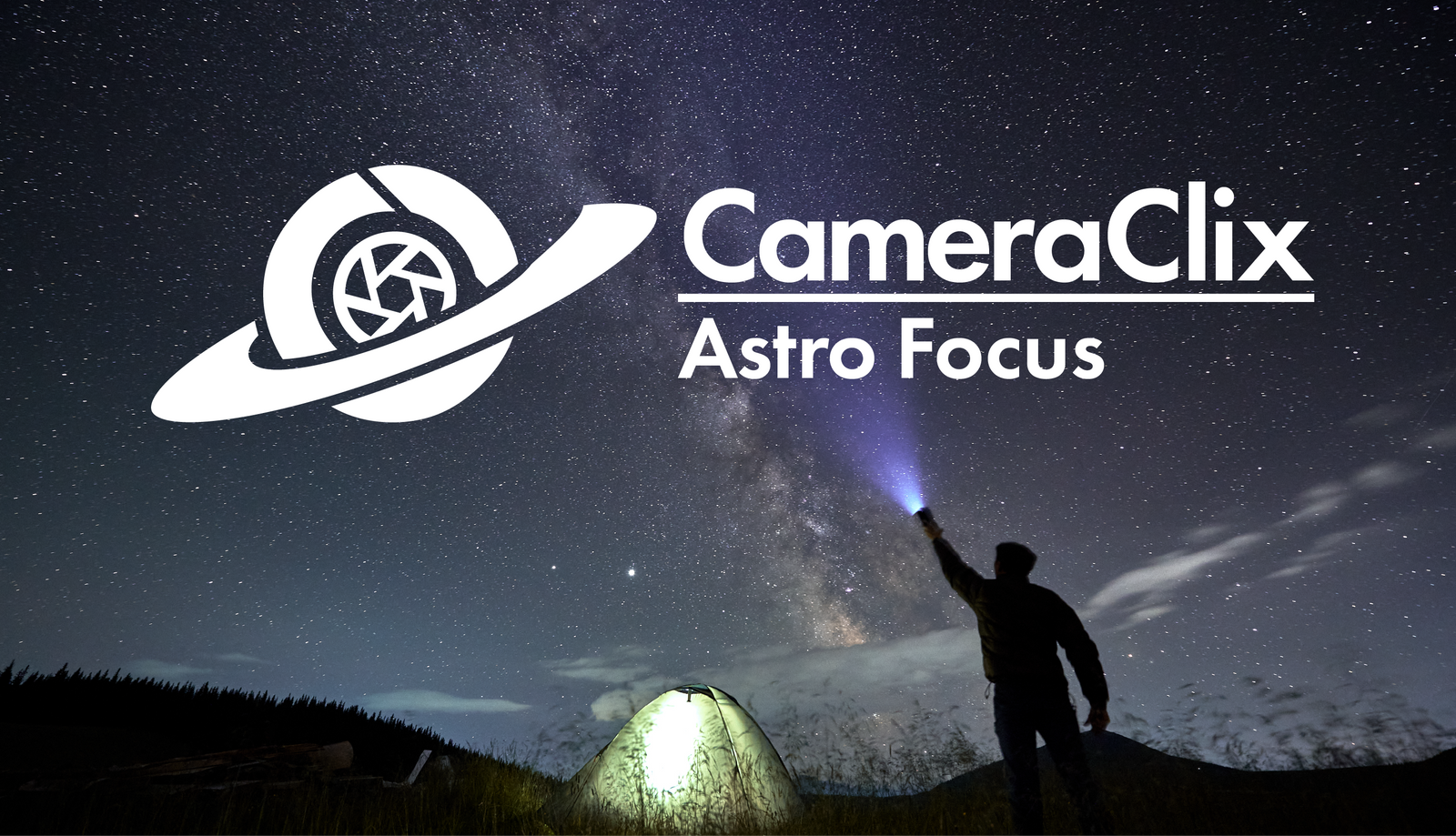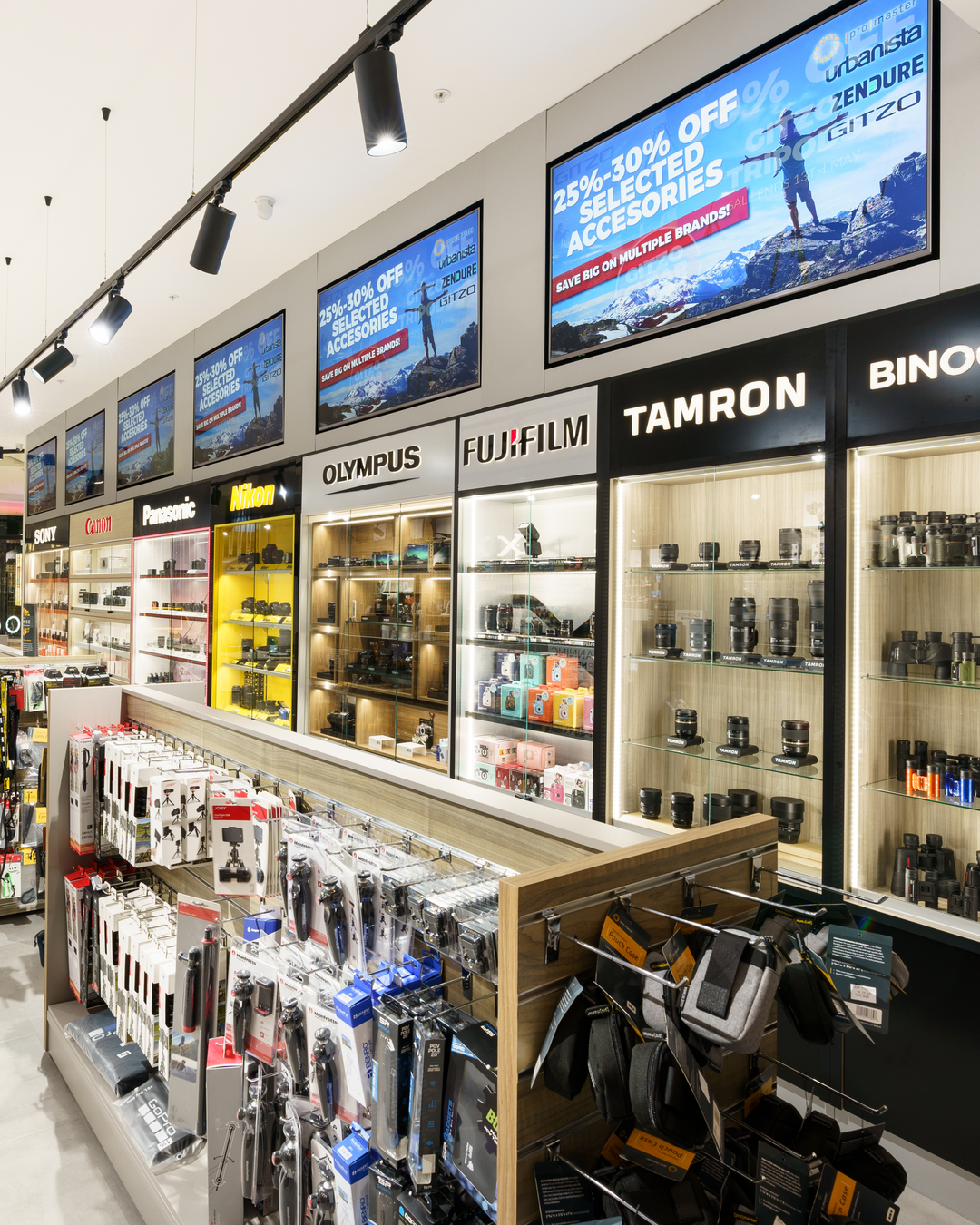Astro Focus: August

Welcome to CameraClix’s August–October astro roundup, where we spotlight standout sky events for Australian observers—from eclipses and meteor showers to planetary pairings and deep-sky showpieces. Each one can be photographed within a day trip from the major cities at a dark sky park, beach etc. Consider this your seasonal sky calendar to inspire your next night shoot.

August 12–13: Venus and Jupiter Conjunction
Before sunrise, two of the brightest planets in our sky—Venus and Jupiter—will appear side by side low in the eastern sky, just a degree apart. It’s a striking view for early risers and a rare chance to photograph both in one frame. A wide-angle or standard lens on a tripod will capture the conjunction with a hint of morning colour. Make sure to use either a remote shutter or some other way to get the camera to shoot without touching and adding wobble blur to your photos Framing with silhouettes—like hills or treetops—adds depth; shooting during the twilight window can balance the brightness of the planets against the fading night.

September 7–8: Total Lunar Eclipse
A full lunar eclipse will turn the Moon a deep red as it passes through Earth’s shadow. The entire event will be visible from across Australia, and this one is set to be the longest in years. Both wide and telephoto lenses have their place here. A telephoto lens on a tripod will reveal the surface texture and colour shift throughout the eclipse. However framing it with a wide-angle lens to include foreground scenery—cliffs, gum trees, or urban skylines etc.—can be a great contrast to add a strong creative vision behind the shot.

September 22: Partial Solar Eclipse at Sunrise
In the early morning, the Sun will rise already partially eclipsed for most of Australia. The further south you are, the more dramatic the coverage—up to 80% in parts of Tasmania. A solar filter is essential. Repeating for emphasis. A Solar Filter is essential. Without it you risk damaging your very expensive gear, and never look at an eclipse without eclipse ready eyewear; and pay attention to whether your viewfinder is direct through the lens, and whether any lens filters also filter the light through the viewfinder. With a telephoto lens and a clear eastern horizon, you can catch the crescent-shaped Sun rising above the landscape. Look for high ground, beaches, or open plains where you can shoot without obstruction. Framing with silhouettes will emphasise the shape of the Sun and add scale to the scene.

October Evenings: 47 Tucanae and the Small Magellanic Cloud
High in the southern sky throughout spring, 47 Tucanae is one of the brightest and most compact globular clusters visible from Earth—a dense sphere of stars, sitting near the edge of the Small Magellanic Cloud. Easily spotted from dark sites, it’s a favourite first target for anyone stepping into deep-sky astrophotography.
A telephoto lens (around 200mm or more) or a small telescope can begin to resolve the cluster's bright core. Mount your setup on a tripod and aim for multiple short exposures—stacking them later will reduce noise and enhance detail without the need for a tracker. If you do have one, longer tracked exposures will bring out the fainter outer stars. A wider composition can include both the cluster and the dwarf galaxy beside it, capturing two deep-space marvels in a single frame. From national parks, coastal cliffs, or even semi-rural outskirts, this pairing shines best away from city light.

October 21: Orionid Meteor Shower
The Orionids peak before dawn and are known for fast, bright meteors with occasional fireballs. This year’s conditions are excellent, with minimal moonlight. Use a wide-angle lens and continuous long exposures on a tripod. Aim east as Orion rises, and let the camera run. A rural or coastal location outside city lights will boost your chances of catching multiple streaks across the frame. Pack a thermos and enjoy the show.
Conclusion
From glowing planet pairings to dramatic eclipses and deep-sky clusters, the season ahead offers plenty for Australian astrophotographers to explore—without needing to travel far. Whether you’re chasing the Moon’s red glow or a fleeting meteor trail, each of these events is a reason to grab your gear, head out for a night shoot, and capture something cosmic.




